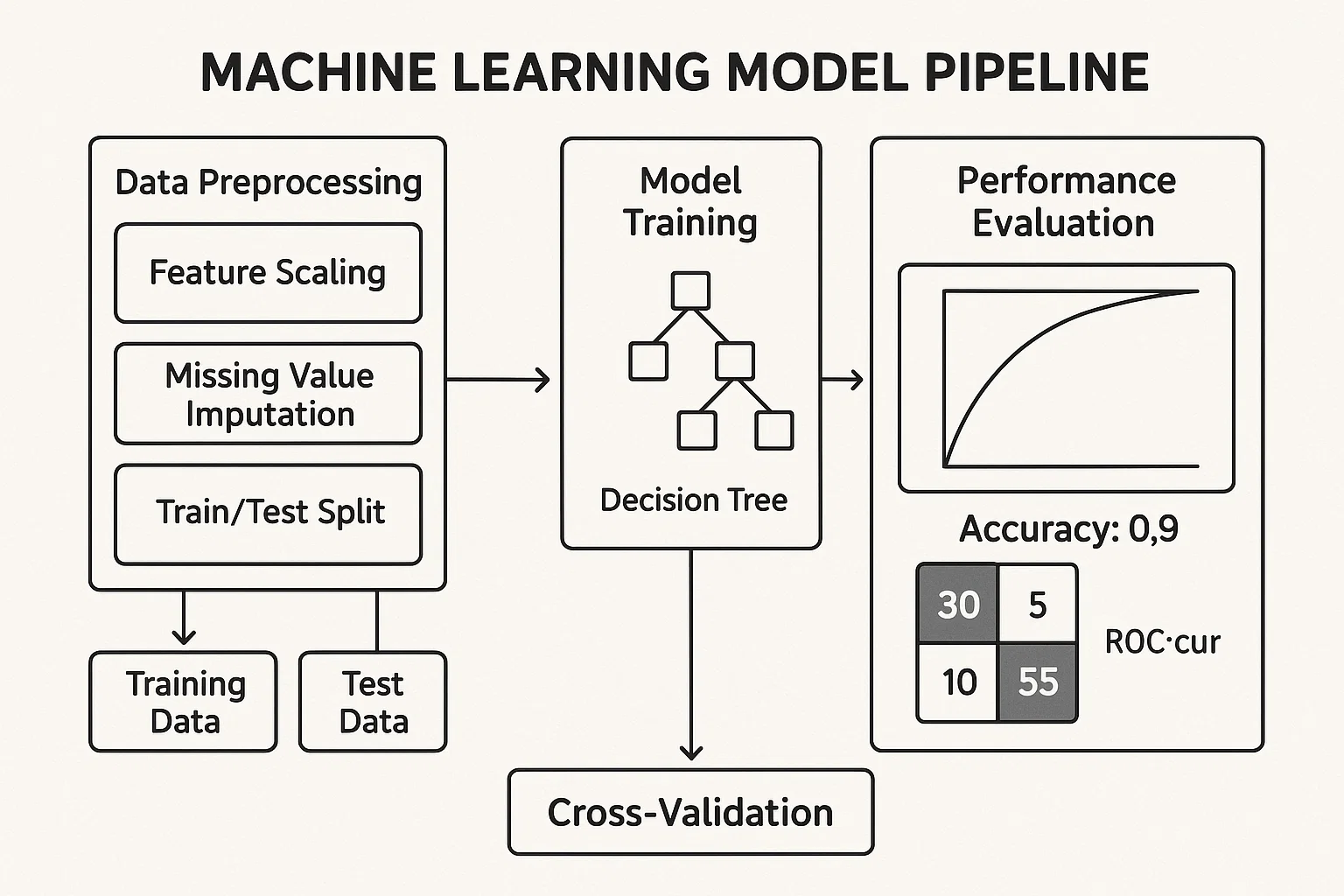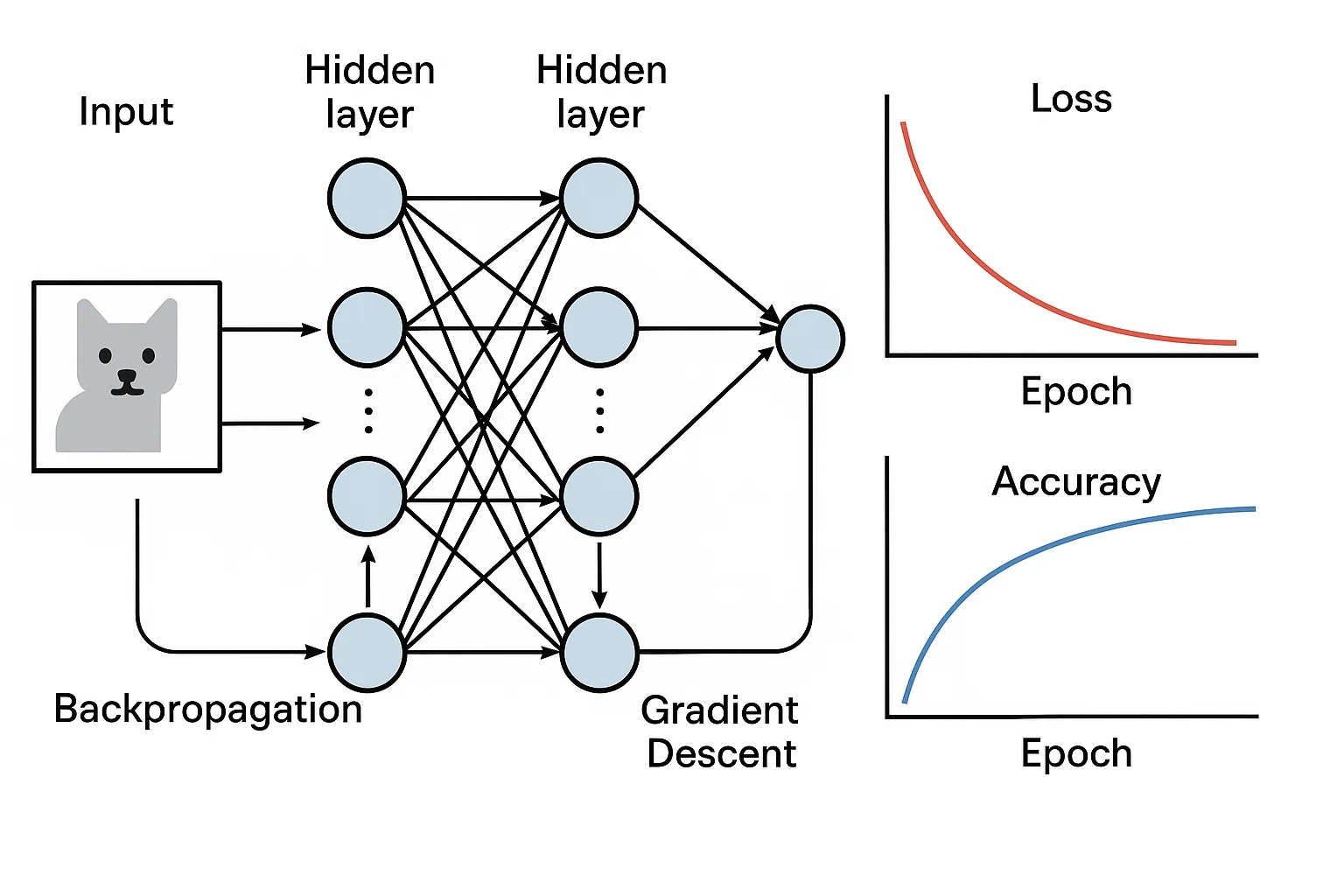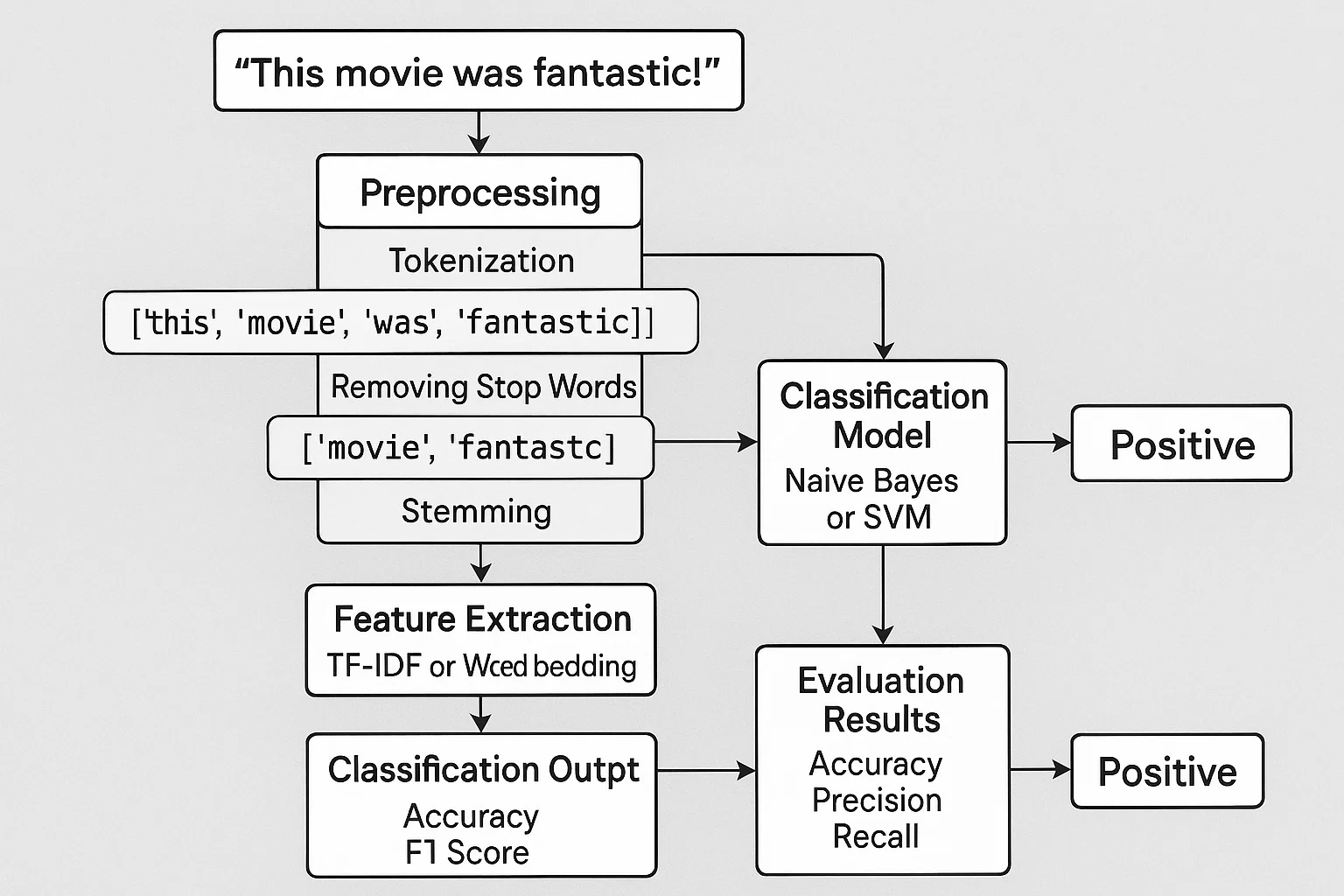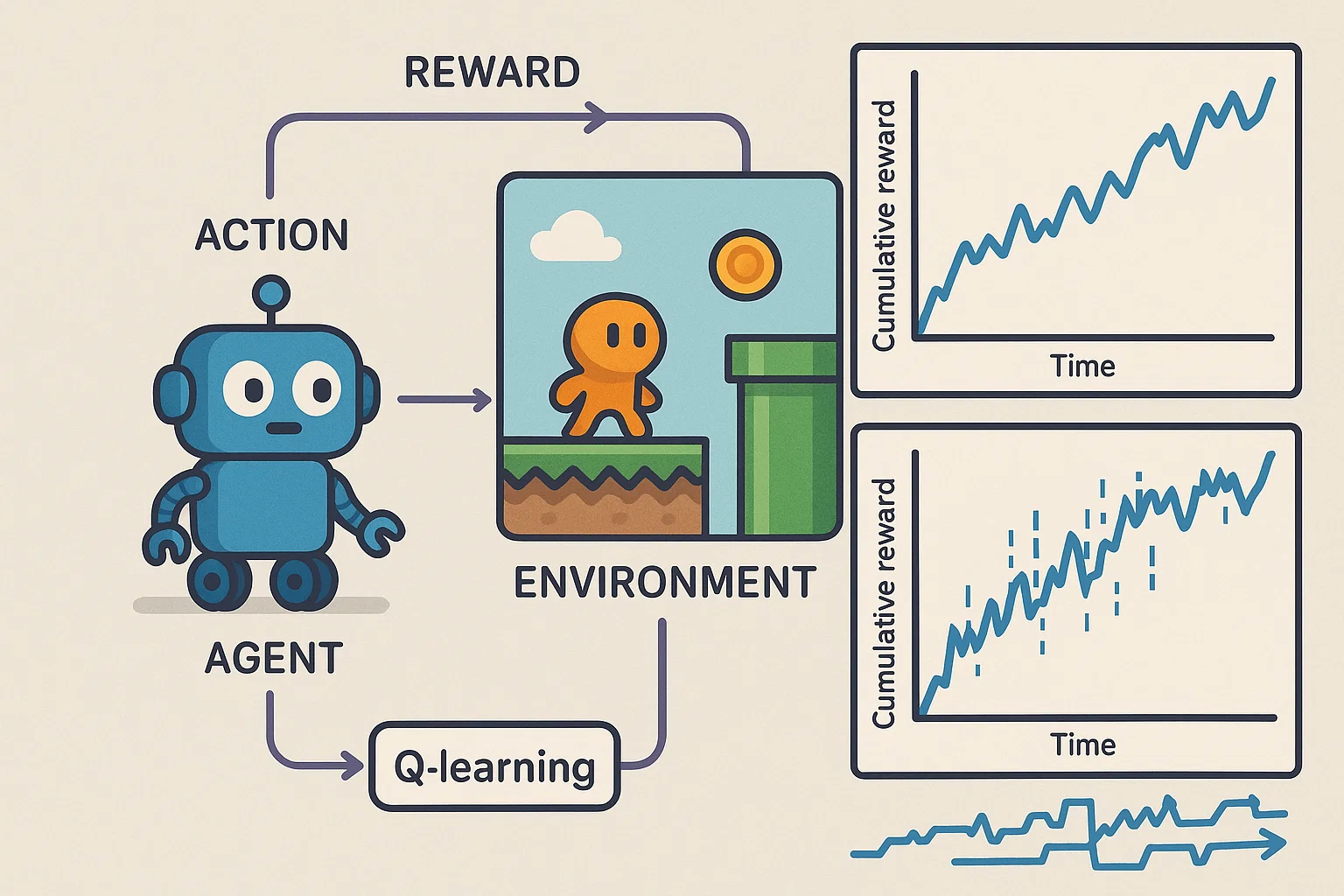Expert Assignment Solutions with 100% Guaranteed Success
Get Guaranteed success with our Top Notch Qualified Team ! Our Experts provide clear, step-by-step solutions and personalized tutoring to make sure you pass every course with good grades. We’re here for you 24/7, making sure you get desired results !
We Are The Most Trusted
Helping Students Ace Their Assignments & Exams with 100% Guaranteed Results
Featured Assignments

Implementing and Tuning a Supervised Learning Algorithm
Machine Learning and Model OptimizationClient Requirements
The student needed to implement a supervised learning algorithm such as decision trees, support vector machines (SVM), or k-nearest neighbors (KNN) to solve a real-world classification or regression problem. The task required the student to not only build the model but also fine-tune it by applying techniques like cross-validation, hyperparameter tuning, and feature scaling to achieve the best performance.
Challenges Faced
We ensured that students understood the algorithm’s theoretical foundations, but some faced complications handling hyperparameter tuning and managing overfitting during model training. Students had difficulty understanding the trade-offs between model complexity and generalization. Additionally, selecting the correct performance metrics for the specific task (e.g., precision, recall, or R² score) was a challenge for some.
Our Solution
We provided structured exercises on implementing the algorithms using Python libraries such as Scikit-learn, focusing on the importance of data preprocessing, splitting datasets, and cross-validation. Students were guided step-by-step through the process of hyperparameter tuning using grid search or random search and were encouraged to test their models using multiple performance metrics. We emphasized the importance of a balanced approach between bias and variance in model training.
Results Achieved
The students successfully implemented and fine-tuned supervised learning models, improving performance using cross-validation and hyperparameter optimization. Their models performed well on unseen data, demonstrating an understanding of overfitting, model evaluation, and algorithm selection.
Client Review
I had a great experience working on this assignment. The step-by-step guidance through the process of implementing and tuning the model really helped me understand how machine learning algorithms work in practice. I gained a strong understanding of hyperparameter tuning and the importance of proper validation. My model's performance improved significantly after fine-tuning, and the experience was extremely valuable for my learning.

Building a Neural Network from Scratch
Neural Networks and Deep LearningClient Requirements
The student wanted to learn how neural networks function at a low level by implementing a simple feedforward neural network from scratch. The task required them to manually code the forward and backward propagation algorithms, implement backpropagation for gradient descent, and train the network on a dataset, such as MNIST or a classification problem.
Challenges Faced
We faced complications helping students understand the mathematical concepts behind backpropagation, which is essential for updating weights through gradient descent. Some students struggled with efficiently computing gradients, especially when dealing with activation functions like sigmoid or ReLU. Debugging the network’s training process and ensuring the correct implementation of weight updates also posed difficulties.
Our Solution
We provided an overview of the neural network’s theoretical foundations, breaking down each component, from forward propagation to loss function computation and backpropagation. Students were provided with exercises on matrix multiplication and how to implement the steps of backpropagation manually. We encouraged students to test their networks incrementally, ensuring that each part of the code was working correctly before moving to the next.
Results Achieved
The students successfully built and trained their neural networks from scratch, demonstrating a strong understanding of the underlying mathematics and algorithms. They were able to successfully implement and debug their networks, achieving good performance on the test data.
Client Review
Building a neural network from scratch was a highly challenging but rewarding experience. It helped me understand the internals of how neural networks function, from forward propagation to backpropagation. The process of debugging and optimizing the model taught me how to think critically about training and performance. This was an invaluable hands-on experience, and I now feel much more confident in my understanding of deep learning.

Applying Unsupervised Learning for Clustering
Unsupervised Learning and ClusteringClient Requirements
The student needed to apply unsupervised learning techniques, such as k-means clustering, hierarchical clustering, or DBSCAN, to find patterns or groupings in a dataset without labeled data. The task involved selecting the right clustering algorithm based on the nature of the data and visualizing the clusters to interpret the results.
Challenges Faced
We ensured that students understood the nature of unsupervised learning, but many struggled with selecting the appropriate algorithm for their dataset and determining the right number of clusters (for methods like k-means). Students also faced difficulties in evaluating the quality of clusters, as no labeled data was available to assess the accuracy of the model. Visualizing high-dimensional data and interpreting the results was another challenge for some.
Our Solution
We guided students in applying different clustering techniques, helping them select the most suitable algorithm based on the dataset's characteristics. We introduced methods for evaluating clustering performance, such as silhouette score and elbow method for k-means. We also provided tools for visualizing the clusters using dimensionality reduction techniques like PCA (Principal Component Analysis) and t-SNE.
Results Achieved
The students successfully applied unsupervised learning algorithms, generating meaningful clusters in their data. They effectively visualized the clusters and evaluated their quality, demonstrating the ability to work with unlabeled data. Most students were able to interpret the clustering results and extract valuable insights from the data.
Client Review
This assignment was a great introduction to unsupervised learning. The ability to discover hidden patterns in data without labels was fascinating. The guidance on selecting the appropriate clustering algorithm and evaluating the results made the process much clearer. The visualization tools helped me gain insights into the structure of the data, and I now feel comfortable applying unsupervised learning techniques to real-world problems.

Model Evaluation and Comparison
Model Evaluation and Comparison TechniquesClient Requirements
The student needed to compare multiple machine learning models for a classification or regression task. The task required evaluating models using various performance metrics (e.g., accuracy, precision, recall, ROC-AUC for classification, or MSE for regression) and justifying the choice of the best model based on the data and problem requirements.
Challenges Faced
We ensured that students understood how to compare different models, but some struggled with evaluating models using multiple metrics. They found it difficult to interpret conflicting results from various performance metrics and struggled with model selection when the results were not straightforward. Additionally, some students had trouble understanding the trade-offs between bias, variance, and model complexity.
Our Solution
We provided students with clear guidelines on how to select appropriate evaluation metrics based on the type of problem (classification or regression). Students were given examples of how to compare models, focusing on how each model performs under different conditions and how to interpret the results. We also emphasized the importance of considering model interpretability, complexity, and computational resources when choosing the final model.
Results Achieved
The students successfully compared multiple machine learning models and chose the best-performing model based on a balanced evaluation of metrics. Their reports demonstrated an understanding of model evaluation, and they were able to justify their choices based on the data and problem at hand.
Client Review
This assignment helped me understand the complexities involved in comparing machine learning models. Learning how to evaluate models using various metrics and interpret those results was very insightful. The process of selecting the best model was more challenging than I expected, but the guidance provided helped me make informed decisions. I now feel more confident in evaluating machine learning models for real-world applications.
